.png)
Designing jewelry concepts is an art that requires creativity and innovation. With the advent of AI, designers can now explore new horizons and unlock endless possibilities for creating unique and eye-catching designs. Whether you're an experienced professional or an enthusiastic hobbyist, incorporating AI into your jewelry design process can be a thrilling and rewarding experience.
Here is our five-step guide on how to design jewelry concepts using AI:
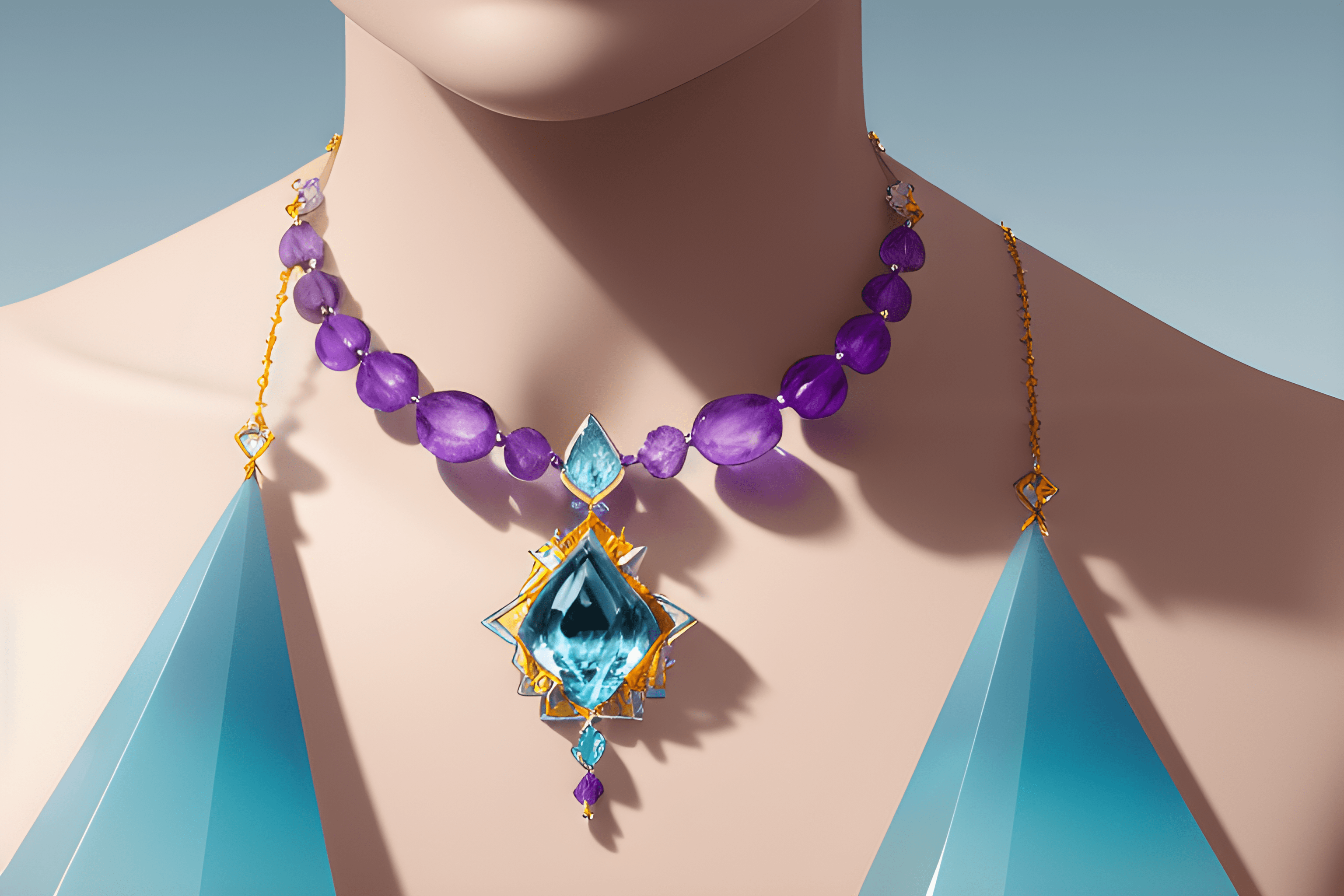
Choosing the right design software is an important step in incorporating AI into your jewelry design process. There are several options available, each with its own strengths and capabilities.
Generative design software is one option that uses AI algorithms to create a range of designs based on specific parameters. This software can be used to generate a large number of designs quickly, which can then be refined and curated based on your preferences.
Another option is AI-powered design tools, such as Adobe Illustrator. These tools use AI algorithms to help you create detailed 2D and 3D designs. They offer a wide range of features and capabilities, including drawing tools, object manipulation, and 3D rendering. Additionally, these tools often integrate with other design software, making it easy to transfer your designs between different programs.
With the rise of AI art generators like starryai, you know have the option to design jewelry concepts with these tools. For example, you can input a text prompt with the features you would like to see in the jewelry before receiving an output from the AI art generator. You can then carry out an iterative process to improve on these designs, choose the best ones, and save them to continue developing the concept.
starryai provides a platform to create a personalized workspace where you can explore various jewelry design concepts based on different themes and prompts. By collecting all of your design ideas in one place, you can then select the most promising concepts to incorporate.
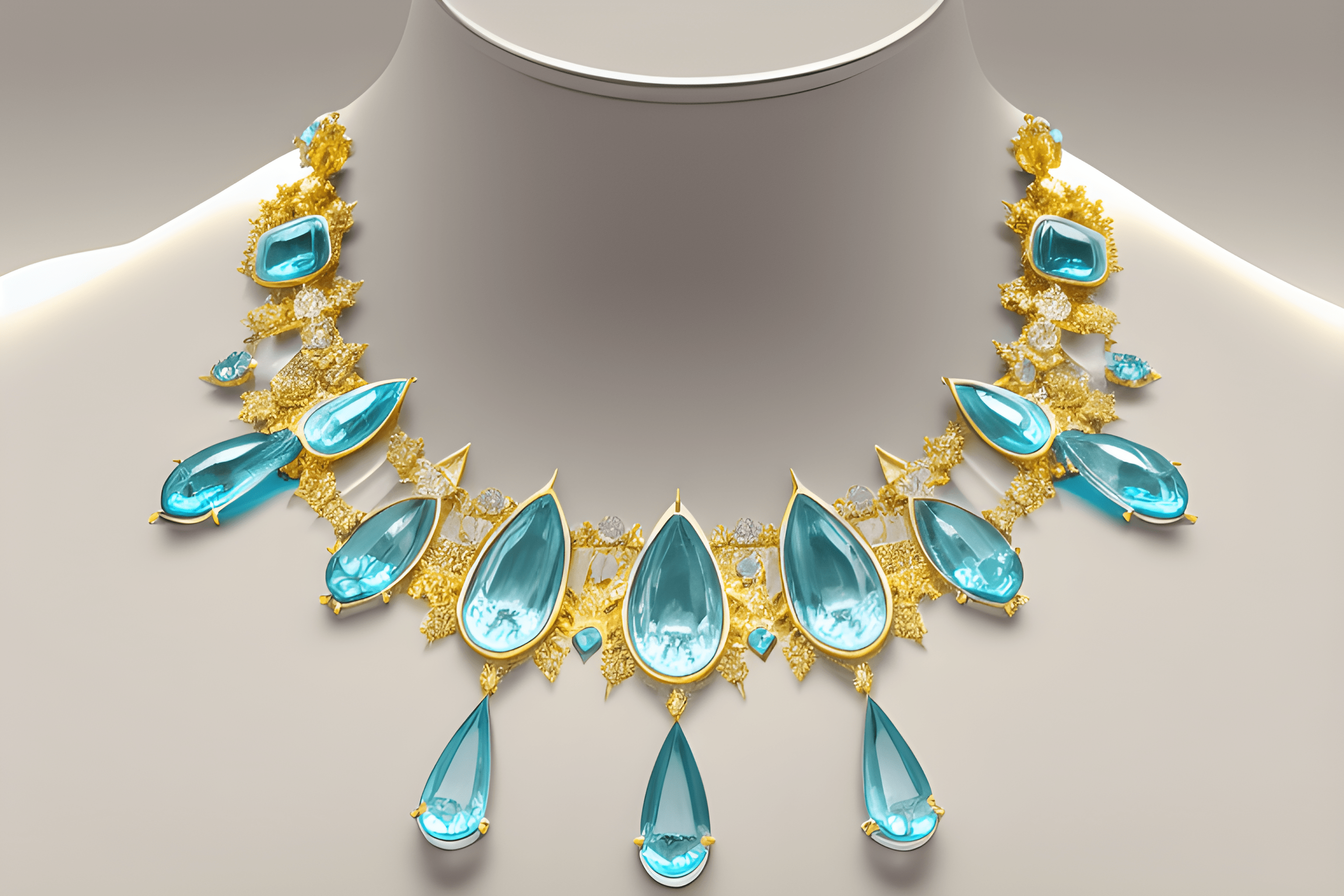
Before actually using AI to generate jewelry design concepts, it's important to define the design parameters that will guide the process. These parameters include the size, shape, materials, and other characteristics of the jewelry you want to create.
The size of the jewelry can range from small and delicate to bold and statement-making. Determining the desired size will help the AI generate designs that are appropriately scaled and proportioned. The shape of the jewelry can vary greatly, from simple geometric forms to intricate organic shapes. Identifying the desired shape will help the AI generate designs that fit the intended aesthetic.
The choice of materials is also critical in jewelry design. Different materials can convey different meanings and create different visual effects. For example, gold can symbolize luxury and elegance, while silver can convey a modern and minimalistic aesthetic. The choice of materials will impact the overall look and feel of the jewelry design.
Other design parameters to consider include the type of jewelry (such as earrings, necklaces, bracelets, or rings), the color scheme, the intended audience, and the budget. All of these factors will influence the design concept generated by the AI and ultimately impact the success of the final jewelry product.
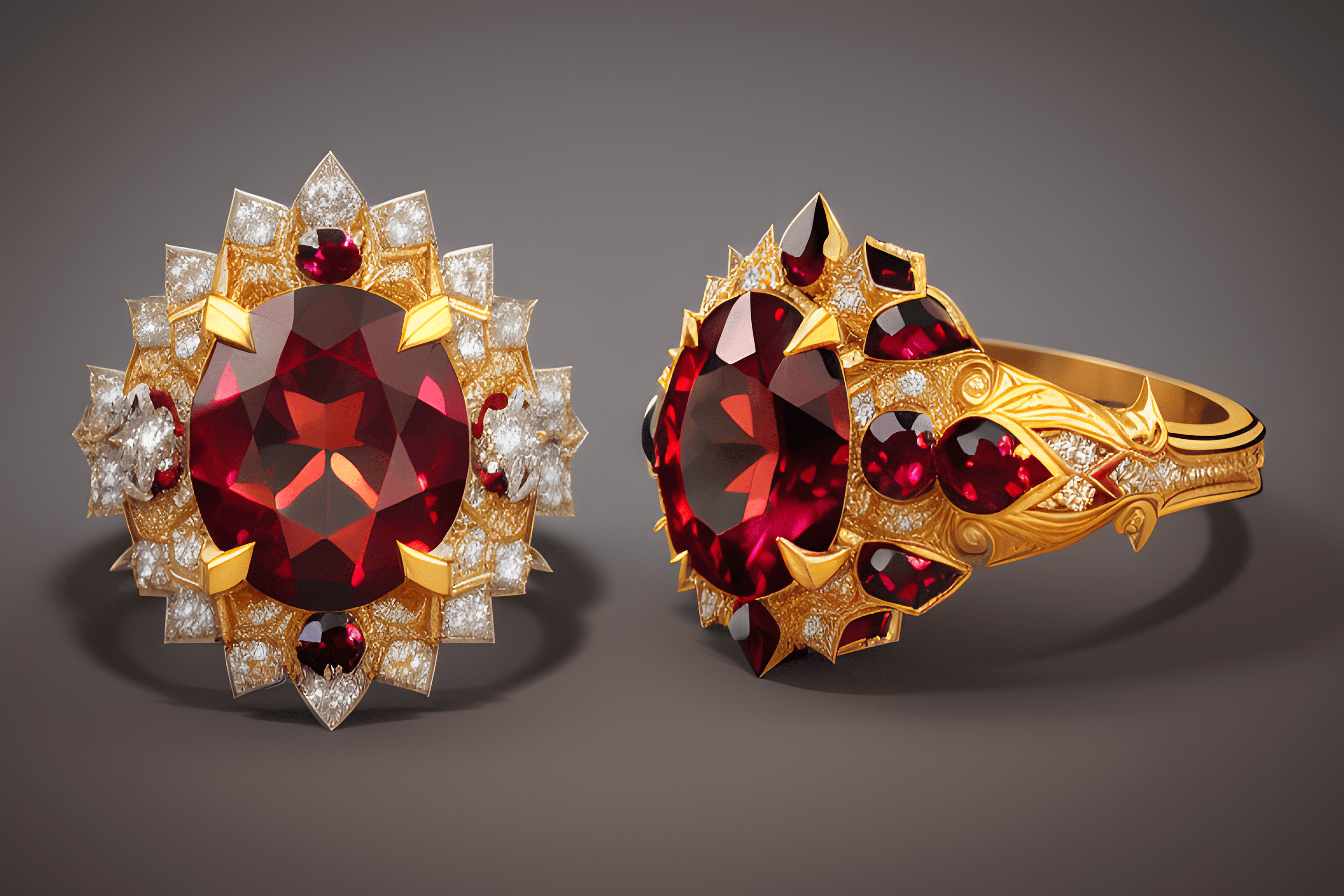
Once you have selected the appropriate design software and defined the design parameters, you can begin the process of generating jewelry design concepts with AI. This process typically involves inputting your design parameters into the software and letting the AI algorithm generate a range of concepts based on those parameters.
The AI algorithms can generate a vast number of design concepts quickly and efficiently. These designs can range from simple to complex, and they may include variations on your original design parameters. For example, if you specified a certain shape for your jewelry, the AI may generate variations on that shape or even suggest alternative shapes that may better suit your design goals.
It's important to experiment with different design parameters to achieve the desired results. The AI algorithm may not always produce the exact design you had in mind, but by tweaking the design parameters, you can refine the AI-generated concepts and arrive at a design that meets your needs.
It's important to remember that AI-generated concepts should be treated as a starting point rather than a final product. While AI can be a valuable tool in jewelry design, it's ultimately up to the designer to refine and curate the concepts generated by the AI and create a design that meets their specific needs and preferences.
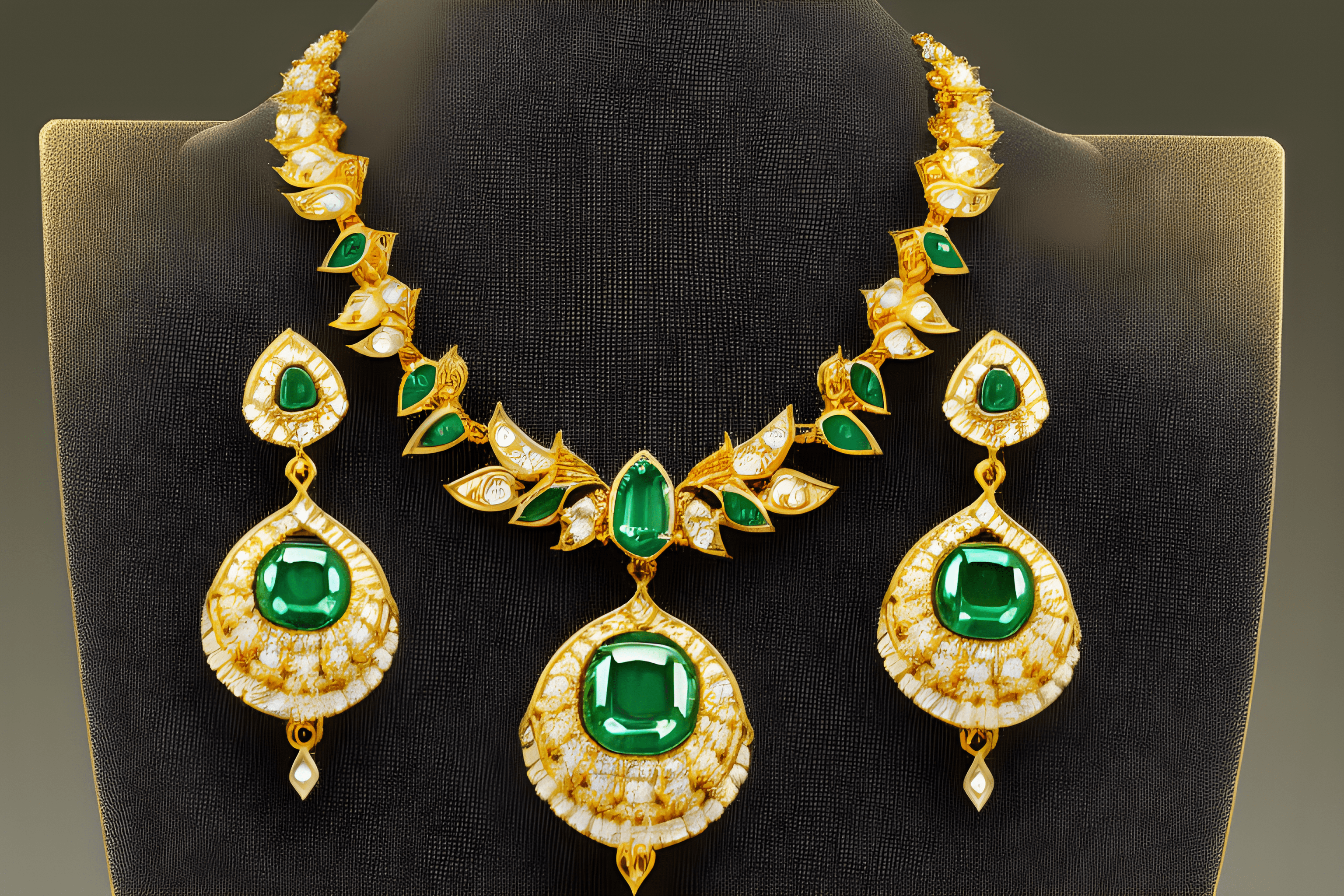
Once the AI has generated a range of design concepts based on the design parameters, it's time to evaluate the designs and select the ones that resonate with you the most. This process involves looking at the designs objectively and considering factors such as aesthetics, functionality, and commercial viability.
When evaluating the AI-generated concepts, it's important to keep an open mind and be willing to explore new design ideas. Some of the designs may be very different from what you had in mind, but they may still offer valuable insights and inspiration.
Once you have identified the jewelry designs that you like the most, it's time to start refining and developing those concepts further. This process involves using your own creativity and expertise to add your personal touch to the designs, making them unique and visually appealing.
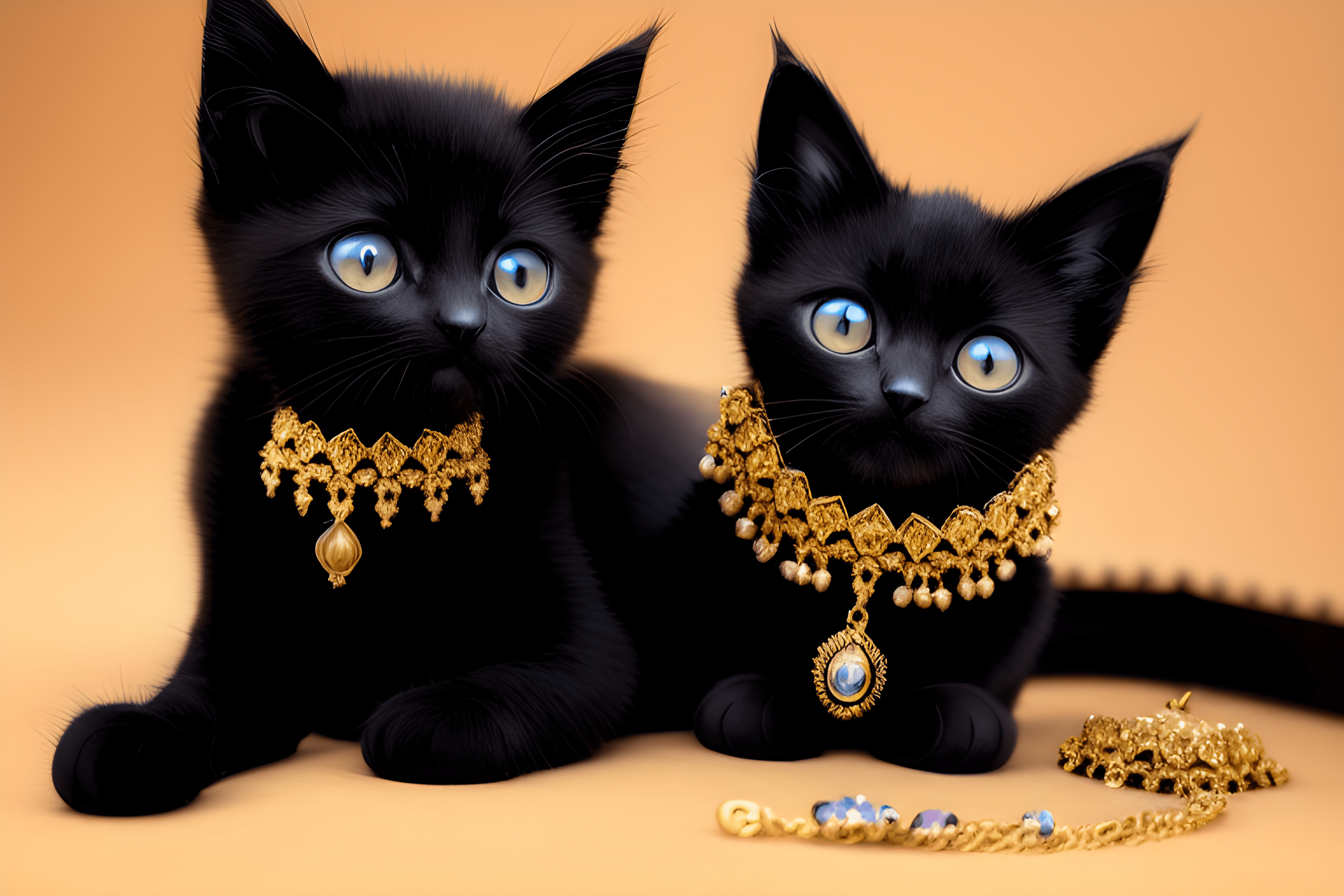
Creating prototypes is an essential part of the jewelry design process, as it allows you to visualize your designs and make any necessary modifications before final production.
There are two primary ways to create prototypes: digital prototypes and physical prototypes.
Creating prototypes is a crucial step in the jewelry design process. By creating digital or physical prototypes, you can visualize your designs in three dimensions and make any necessary modifications before final production. This process helps ensure that the final design meets your vision and meets the expectations of the intended audience.